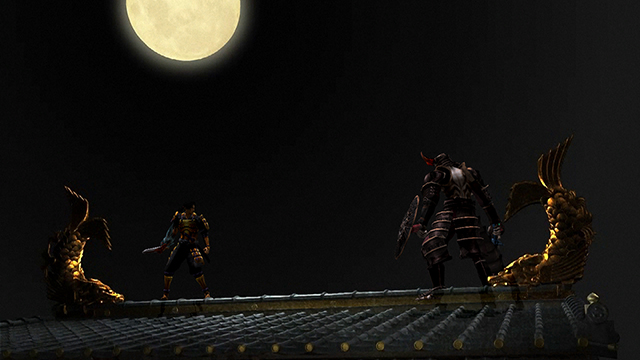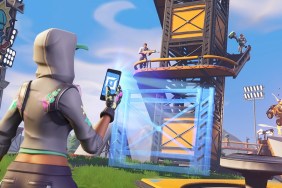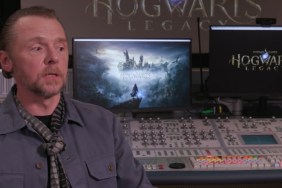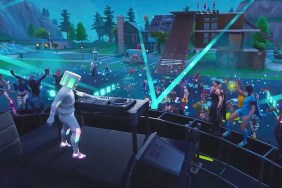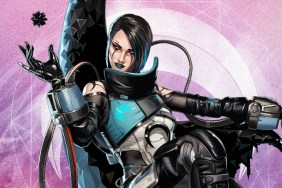Re-releasing old games is a tricky business because nostalgia can often crumble when an old title is being judged by new standards. While the original release date explains how the game is shaped, it doesn’t exempt it from the criticism of other, newer games. Onimusha Warlords Remastered is one of those remasters getting pushed back out onto the market. Although it was…
-
Music and environment create authentic Japanese atmosphere.
-
Slow, dumb enemies.
-
Pre-rendered backgrounds and fixed camera are archaic and hold back the game.
-
Combat is mashy and doesn't pressure you to dig deeper.
-
Shallow story that's over in less than four hours.
